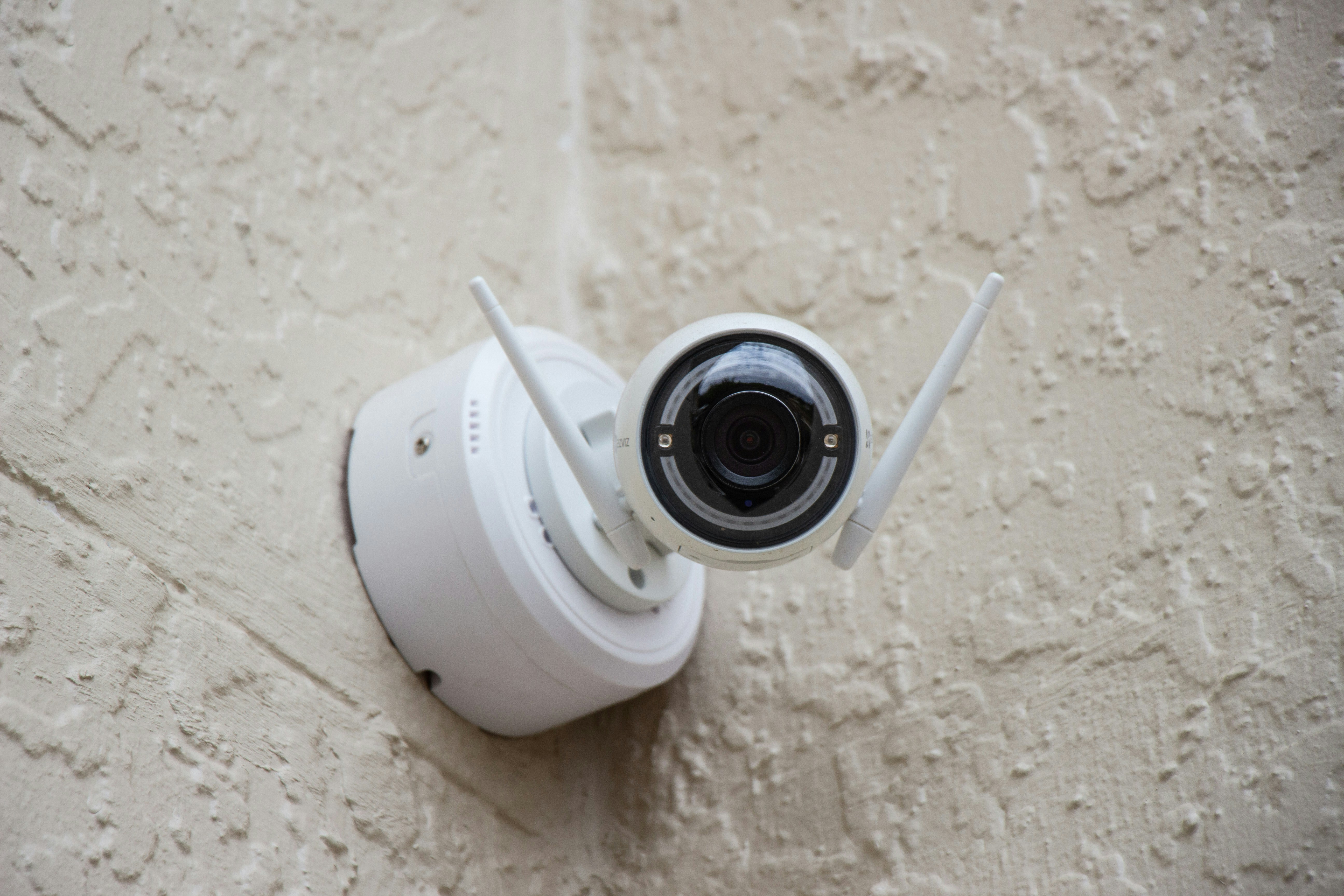Things to Know About Ultrasonic Mouse Repellers
Ultrasonic mouse repellers have become a popular alternative to traditional rodent control methods, promising a chemical-free solution to unwanted mice. These electronic devices emit high-frequency sound waves that are supposedly undetectable to humans but disturbing to rodents. While they offer an appealing hands-off approach to mouse control, understanding their effectiveness, limitations, and proper usage is essential before making a purchase decision.

Mouse infestations can turn any peaceful home into a source of stress and concern. Traditional methods like traps and poison baits have long been the go-to solutions, but ultrasonic mouse repellers present an alternative approach that appeals to those seeking a more humane and maintenance-free option. These devices work by emitting high-frequency sound waves, typically between 20,000 to 65,000 Hz, which fall above the range of human hearing but within the audible spectrum for mice and other rodents.
How Ultrasonic Mouse Repellers Function
Ultrasonic mouse repellers operate on the principle that high-frequency sound waves create an uncomfortable environment for rodents. The devices plug into standard electrical outlets and continuously emit these inaudible sounds throughout the area. The theory suggests that mice find these frequencies irritating or stressful, encouraging them to leave the treated space and seek quieter environments elsewhere.
Most modern ultrasonic repellers feature varying frequency patterns to prevent mice from becoming accustomed to a single tone. Some models include additional features like LED lights or electromagnetic pulses, though the ultrasonic component remains the primary deterrent mechanism. The coverage area typically ranges from 800 to 1,200 square feet per device, depending on the model and manufacturer specifications.
Effectiveness and Scientific Evidence
The effectiveness of ultrasonic mouse repellers remains a subject of ongoing debate among pest control professionals and researchers. Several scientific studies have produced mixed results, with some showing temporary reduction in rodent activity while others demonstrate minimal to no long-term impact. The Federal Trade Commission has previously taken action against companies making unsubstantiated claims about ultrasonic pest control devices.
Factors that influence effectiveness include the specific frequency used, the layout of the treated area, and the presence of obstacles that can block sound waves. Ultrasonic waves cannot penetrate walls, furniture, or other solid objects, which significantly limits their coverage in typical home environments. Additionally, mice may become habituated to the sounds over time, potentially reducing the long-term effectiveness of these devices.
Proper Placement and Usage Guidelines
Successful implementation of ultrasonic mouse repellers requires strategic placement and realistic expectations. Position devices in areas where mouse activity has been observed, ensuring clear line-of-sight coverage without obstructions. Avoid placing units behind furniture, in closets, or in areas where sound waves might be blocked by household items.
For optimal results, use multiple devices throughout the affected area rather than relying on a single unit. Place repellers at varying heights and angles to maximize coverage, and consider the specific layout of each room. Basements, attics, and garages often require different placement strategies due to their unique structural characteristics and potential entry points.
Limitations and Considerations
Ultrasonic mouse repellers come with several important limitations that users should understand before purchase. These devices work best as part of an integrated pest management approach rather than as standalone solutions. They may provide temporary relief but rarely eliminate established mouse populations entirely.
The devices are most effective against occasional intruders rather than established colonies. Mice with access to food, water, and shelter may tolerate the ultrasonic frequencies if their basic needs are being met. Additionally, pregnant or nesting females may be less likely to abandon their territory due to sound deterrents alone.
Cost Analysis and Product Comparison
Ultrasonic mouse repellers vary significantly in price and features across different manufacturers and retailers. Understanding the cost landscape helps consumers make informed decisions based on their specific needs and budget constraints.
| Product Type | Brand Examples | Price Range | Coverage Area | Key Features |
|---|---|---|---|---|
| Basic Plug-in | Pest Reject, Bell+Howell | $15-$30 | 800-1000 sq ft | Single frequency, LED indicator |
| Variable Frequency | TBI Pro, Loraffe | $25-$45 | 1000-1200 sq ft | Multiple frequencies, sweep mode |
| Multi-Technology | Pest Venator, Neatmaster | $35-$60 | 1200+ sq ft | Ultrasonic + electromagnetic |
| Commercial Grade | Riddex, Victor | $50-$100 | 1500+ sq ft | Professional features, warranty |
Prices, rates, or cost estimates mentioned in this article are based on the latest available information but may change over time. Independent research is advised before making financial decisions.
Alternative and Complementary Approaches
While ultrasonic mouse repellers may provide some deterrent effect, combining them with traditional pest control methods often yields better results. Sealing entry points, removing food sources, and maintaining clean environments remain fundamental steps in effective mouse control.
Traditional snap traps, live traps, and bait stations can work alongside ultrasonic devices to create a comprehensive control strategy. Professional pest control services may also incorporate ultrasonic technology as part of broader treatment plans, though they typically rely on proven methods as primary solutions.
Ultrasonic mouse repellers offer an appealing approach to rodent control, particularly for those seeking chemical-free alternatives. However, their effectiveness varies significantly based on environmental factors, proper usage, and the severity of the infestation. While these devices may provide some deterrent effect, they work best as part of a comprehensive pest management strategy rather than as standalone solutions. Understanding their limitations and proper application methods helps set realistic expectations and maximize potential benefits.




